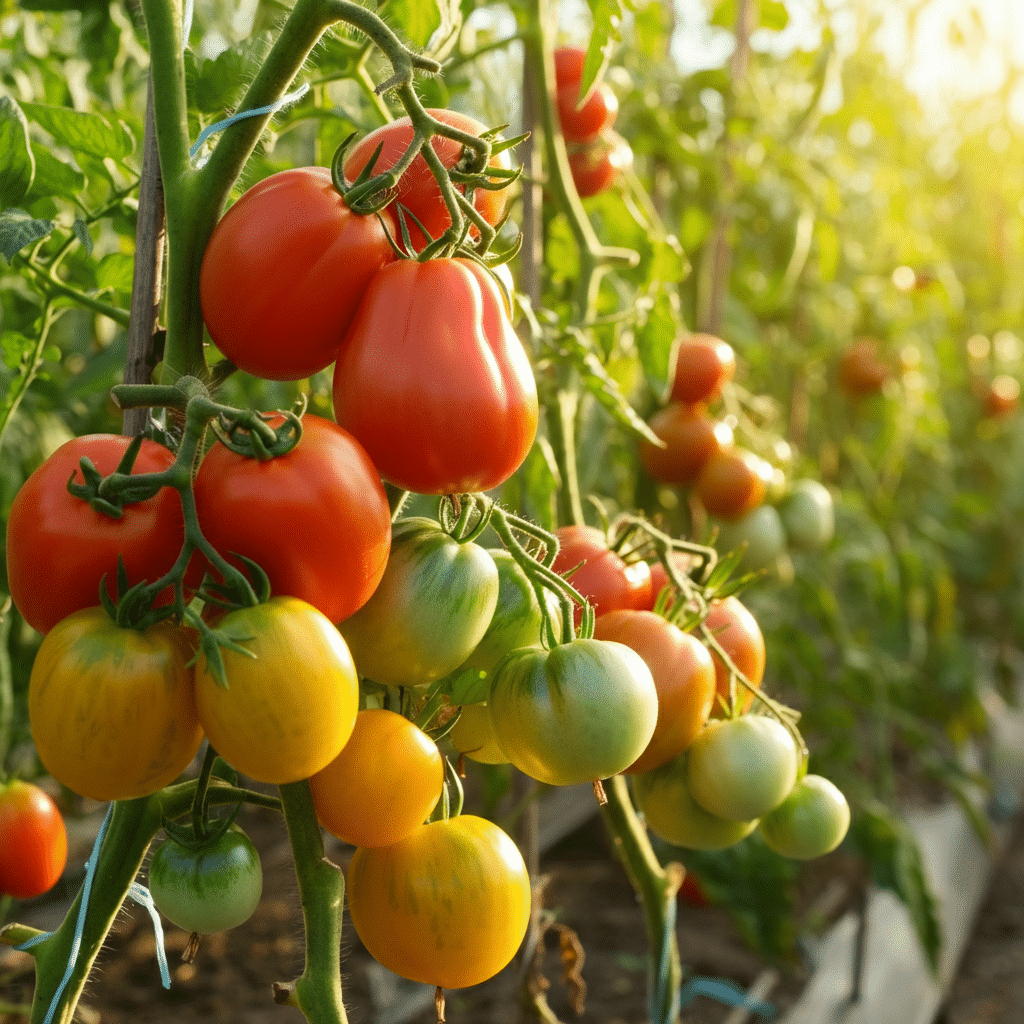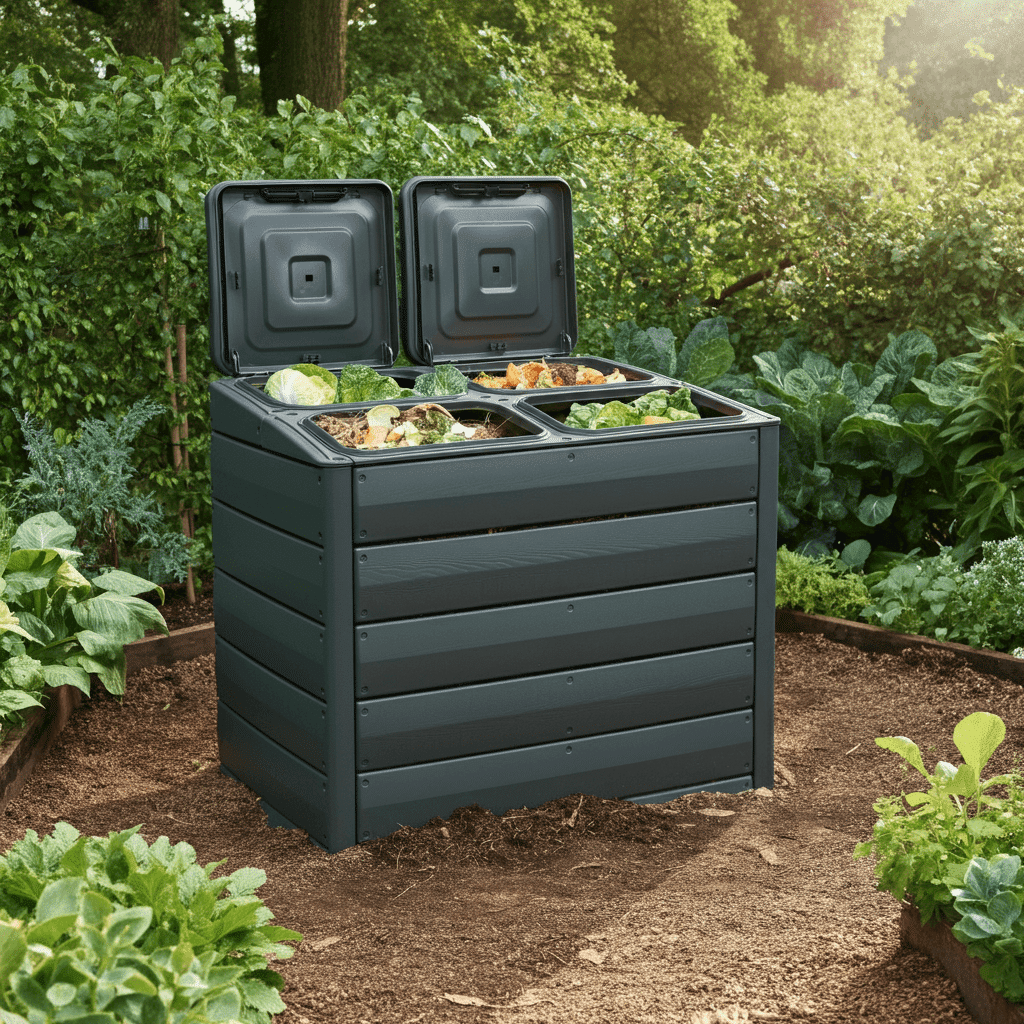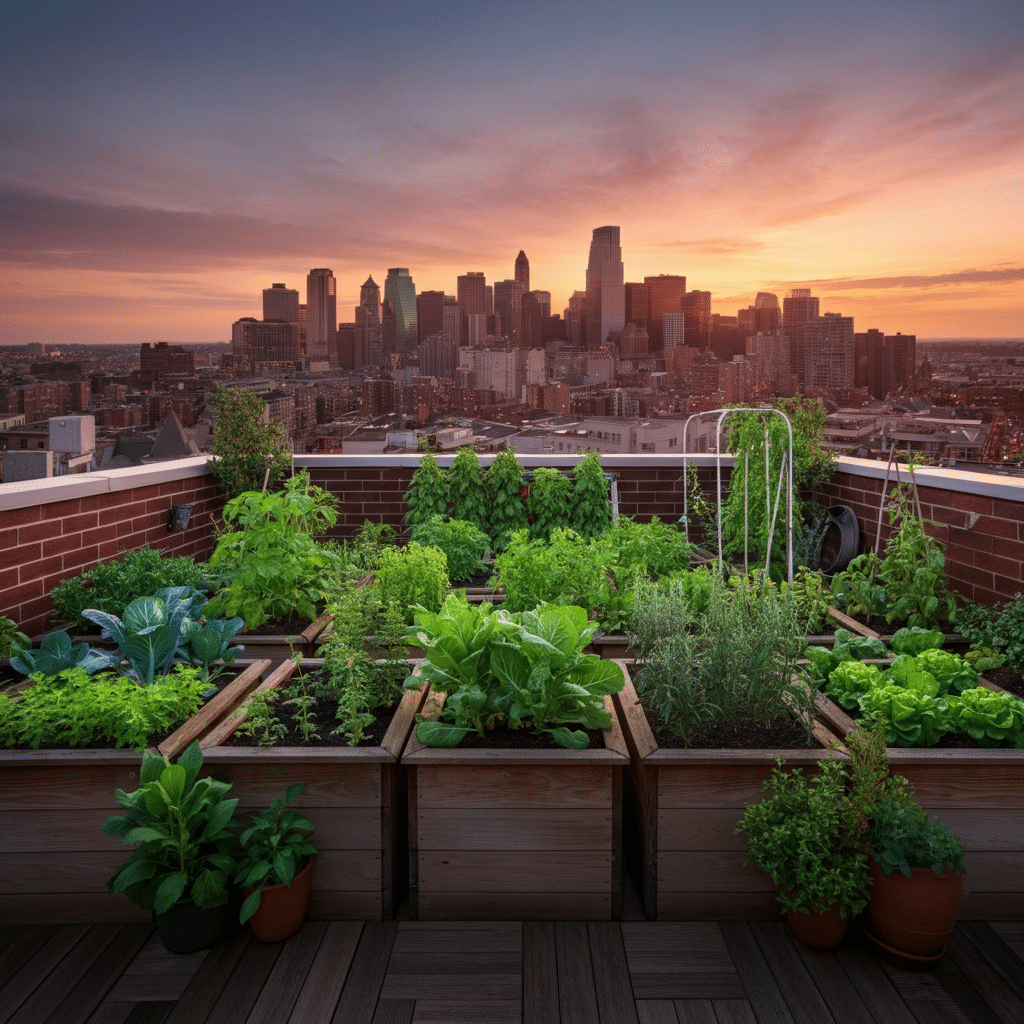Tomatoes are the undisputed star of home gardens, providing endless satisfaction with their juicy, flavorful yields. But here’s the trick to a bountiful harvest – not all tomatoes grow well in every region. Depending on your climate, soil type, and conditions, the variety you pick can make or break your crop.
If you’ve wondered which are the best tomatoes to grow in your area, you’re in the right place. This guide will break down tomato varieties by region and type, shining a light on slicing, paste, cherry, and even non-red tomatoes. Whether you’re a gardening newbie or looking to switch up your seeds, let’s help you pick the perfect tomatoes for your garden!
What to Consider When Choosing Tomato Varieties
Tomatoes are as diverse as the dishes they enhance, so choosing the right variety for your garden requires a bit of thought. Here are a few factors to keep in mind:
- Climate: Different tomatoes thrive in different temperatures. Heat-tolerant varieties like Roma and Cherokee Purple withstand scorching summers, while early-maturing ones like Early Girl are perfect for regions with shorter growing seasons.
- Purpose: Are you growing tomatoes for fresh salads, homemade sauces, or canning? Choose varieties based on your end use. For instance, cherry tomatoes are snackable, while paste tomatoes like San Marzano are ideal for sauces.
- Space and Support: Determinate varieties grow to a specific height, making them space-friendly. Indeterminate tomatoes, on the other hand, keep growing and need sturdy support.
- Disease Resistance: Look for disease-resistant varieties if your garden is prone to blights or wilts. Hybrids like Better Boy often excel in challenging conditions.
Tomato Types and Their Best Uses
Before we get region-specific, let’s explore the types of tomatoes so you can pick based on your gardening goals:
- Slicing Tomatoes: Perfect for fresh salads and sandwiches, these are the meaty all-rounders (Brandywine, Cherokee Purple, Big Boy).
- Cherry Tomatoes: Bite-sized and sweet, they’re excellent for snacking and salads (Sungold, Super Sweet 100).
- Paste Tomatoes: Thick-fleshed varieties designed for sauces and canning (San Marzano, Amish Paste).
- Saladette or Pear Tomatoes: Small but mighty, great for fresh eating or drying (Yellow Pear, Juliet).
- Non-Red Tomatoes: Vibrant yellow, green, or even purple varieties that stand out in the garden (Green Zebra, Black Krim).
Now that you’re familiar with the basics, let’s explore which varieties perform best in your region.
Tomato Varieties by Region
1. Midwest
Hot summers and moderate rainfall mean Midwest gardeners are spoiled for choice. Heirlooms like Brandywine thrive here, alongside dependable hybrids like Early Girl.
- Slicing: Brandywine, Cherokee Purple, Big Boy
- Cherry: Super Sweet 100, Black Cherry
- Paste: Roma, Amish Paste, Striped Roman
- Really Big Tomatoes: Mortgage Lifter, Beefsteak
- Non-Red: Green Zebra, Kellogg’s Breakfast
Midwest Tip: Mulching is key to preserving soil moisture in hot weather. Plant borage nearby to deter tomato hornworms.
2. Pacific Northwest
The cooler and shorter growing season calls for early-maturing varieties that ripen without much heat. Early Girl and Sungold are regional favorites.
- Slicing: Early Girl, Stupice
- Cherry: Sungold, Sweet Million, Black Cherry
- Paste: San Marzano, Amish Paste
- Non-Red: Green Zebra, Black Krim
Pacific Northwest Tip: Use black plastic or row covers to warm up the soil before planting for better growth.
3. Northeast
Gardening in the Northeast means battling blight, but disease-resistant varieties like Juliet and Super Sweet 100 perform well, even in challenging conditions.
- Slicing: Brandywine, Early Girl
- Cherry: Sungold, Gold Nugget
- Paste: Roma, Amish Paste
- Non-Red: Cherokee Purple, Green Zebra
Northeast Tip: Stagger planting times to extend your harvest season and outsmart diseases.
4. Gulf Coast
The heat and humidity of the Gulf Coast demand varieties that are resilient and heat-tolerant. Hybrids like Better Boy and open-pollinated varieties like Arkansas Traveler shine here.
- Slicing: Better Boy, Arkansas Traveler
- Cherry: Yellow Pear, Sungold
- Paste: Roma, San Marzano
- Non-Red: Black Krim, Pineapple
Gulf Coast Tip: Water plants at the base to minimize leaf wetness, reducing the risk of fungal diseases.
5. Interior South
The warm, humid climate favors disease-resistant hybrids and prolific heirlooms. Varieties like Black Cherry stand out for their flavor and adaptability.
- Slicing: Better Boy, Big Boy
- Cherry: Black Cherry, Super Sweet 100
- Paste: Roma, Opalka
- Really Big Tomatoes: Mortgage Lifter, Beefmaster
- Non-Red: Cherokee Purple, Lemon Boy
Interior South Tip: Rotate crops yearly to minimize soil-borne diseases and maintain soil health.
6. Southwest
The arid climate of the vast Southwest region favors small-fruited varieties like Juliet and durable heat-tolerant slicers.
- Slicing: Brandywine, Paul Robeson
- Cherry: Patio, Yellow Pear
- Paste: Teton de Venus, San Marzano
- Non-Red: Cherokee Green, Dr. Wyche’s Yellow
Southwest Tip: Mulch heavily and use drip irrigation to reduce water evaporation and keep plants healthy.
Tips for Best Tomatoes to Grow Successfully
Gardening is as much about technique as it is about seeds. Here are universal tips for ensuring a thriving tomato patch:
- Choose the Right Spot: Plant tomatoes in a location that gets at least 6-8 hours of sunlight daily.
- Prep Your Soil: Enrich it with compost or aged manure for nutrients.
- Stake or Cage Early: Support your plants from the start to prevent sprawling and overcrowding.
- Water Wisely: Deep, infrequent watering encourages strong root systems.
- Feed Your Plants: Use a fertilizer rich in phosphorus and potassium for blooming and fruiting.
Bringing it All Together
Selecting the best tomatoes to grow starts with knowing your climate and your cooking needs. By choosing regionally suited varieties, investing in soil health, and staying vigilant about diseases, you’ll enjoy abundant yields and flavorful harvests.
Not sure where to start? Mix and match varieties from your region’s list to experiment. After all, tomatoes are as versatile as they are delicious.
Happy gardening, and may every tomato you grow be garden-to-table perfection!




